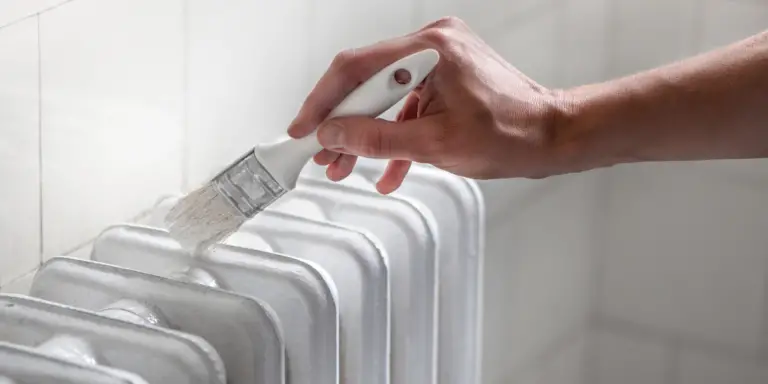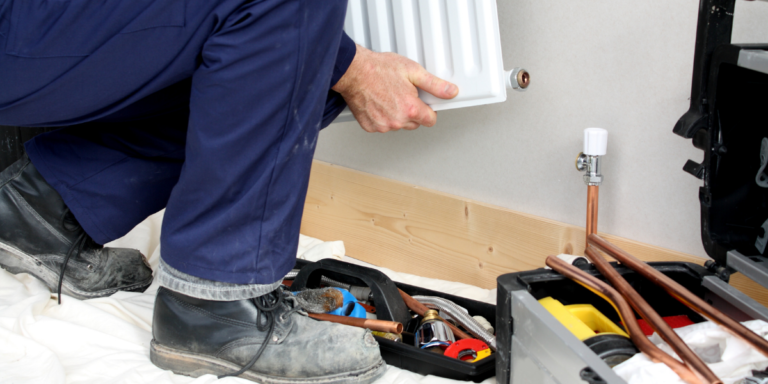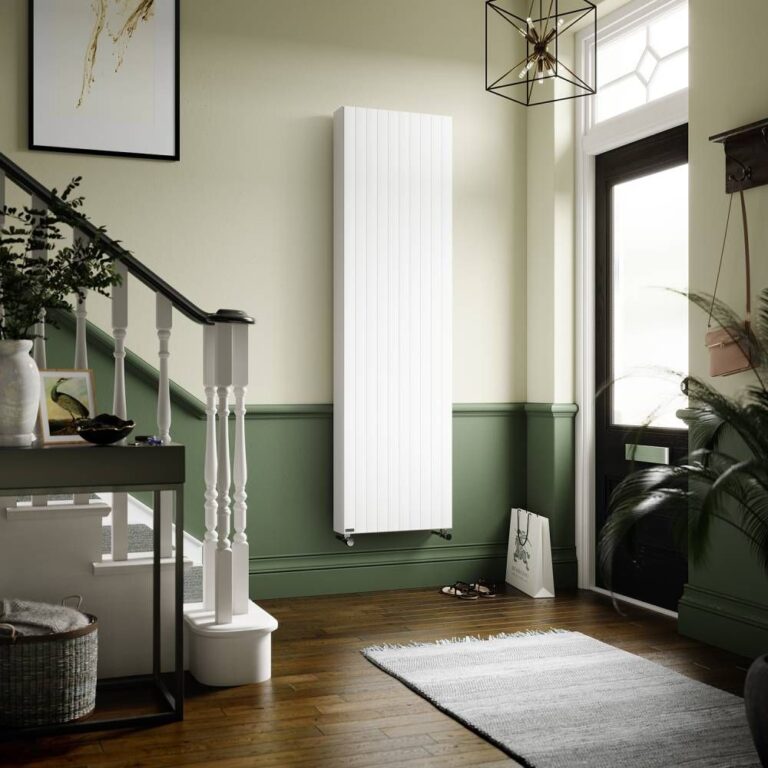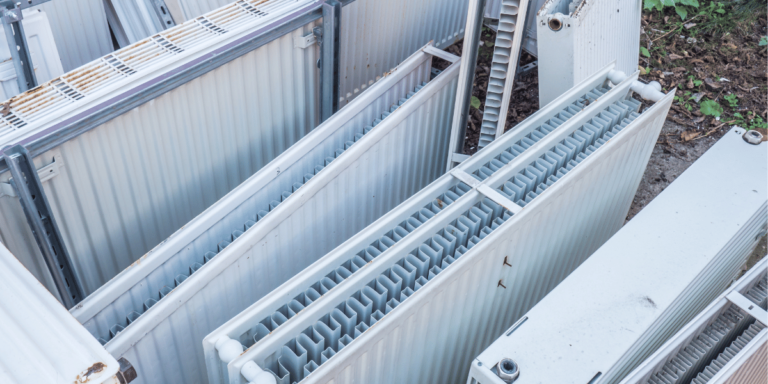Radiators are an essential component of a central heating system; responsible for transferring heat from the hot water in the system to the air in a room or space. But have you ever stopped to consider just how these simple yet effective devices actually work? The process of how a radiator transfers heat may seem complex, but it can be broken down into three main mechanisms: conduction, convection, and radiation.
Whether you’re a homeowner looking to understand the basics of your heating system or a curious reader interested in the science behind radiators, this article has something for you. So, let’s get started and learn about the fascinating process of how radiators work!
How Do Radiators Work In The Central Heating System?
In order to understand how radiators work we need to first consider the basics of how a central heating system operates. In a typical system, a boiler is used to heat water, which is then circulated through a network of pipes to radiators located in different rooms or spaces.
The radiators then transfer this heat from the hot water to the air in the room, using a combination of conduction, convection, and radiation.
How Do Radiators Transfer Heat?
Radiators emit heat in three ways: conduction, convection, and radiation. Different radiators use different methods of heat transfer as their primary source of heat transfer, although the most common method of heat transfer is through convection – where the hot air moves upwards through the room, allowing cooler air to circulate back towards the radiator, ready to be heated.
Conduction occurs when heat is transferred through direct contact between two objects, and in a radiator, heat is conducted from the hot water inside the radiator to the metal panel or tubes. These then transfer the heat to the surrounding air.
Convection is the transfer of heat through the movement of a fluid, such as air, across a surface. In a radiator, convection occurs as hot air from the radiator rises, drawing in cooler air from the room which is then heated and rises in turn. This creates a circulation of hot and cool air that helps to evenly distribute the heat throughout the room.
Radiation is the transfer of heat through electromagnetic waves, and radiators emit heat in this way as well, as the heat from the hot water inside the radiator is radiated out into the surrounding air.
These three mechanisms of heat transfer allow radiators to effectively heat the air in a room, making them a vital part of central heating systems.
You may often hear the term ‘Convection radiators’ which refers to radiators that rely mainly on convection to transfer heat. These types of radiators typically have fins or other surface area that increases the amount of air in contact with the hot surface of the radiator, allowing for more efficient heat transfer through convection.
How Are Radiators Controlled?
Controlling Central Heating (Wet) Radiators
Most central heating radiators turn on whenever the boiler turns on. However, you may find that despite the boiler being switched on, some of the radiators in your home don’t get hot. Why could this be? Well, the answer is usually pretty straightforward…
Radiators are also controlled via the valves attached at each end of the unit – these will determine whether hot water can actually enter the radiator once the boiler is switched on. If you find that the radiator is entirely cold, despite other radiators in your home being warm or hot then it’s likely that the valves are closed.
Simply use a wrench or adjustable spanner to twist the pin anti-clockwise. Alternatively, if you have a thermostatic radiator valve installed, simply twist the dial to the highest number on the dail (usually 5).
Controlling Electric Radiators
Electric radiators are different than central heating (hydronic) radiators in that they aren’t connected to the central heating system. Therefore, they aren’t controlled via the boiler and will usually have another method for being turned on and off.
Typically, this comes in the form of an on/off switch on a fused spur, or the electric radiator itself may have a thermostat which can be used for more precise temperature control. If you’re really lucky, you might even have a Bluetooth or WiFi controlled radiator, which can be operated remotely from your mobile phone via an app.
FAQ’s
How do I know if my radiator is working properly?
You can check if your radiator is working properly by feeling the heat emitted from the radiator and by checking the temperature of the room. If the radiator is not producing enough heat or the room is not reaching the desired temperature, there may be an issue with the radiator or the central heating system.
How can I maintain my radiators?
To maintain your radiator, you should regularly bleed any excess air from the system, clean the radiator of any dirt or dust, and check for any signs of damage or corrosion. You may also need to top up the water levels in the system if necessary.
In Conclusion…
In conclusion, radiators play a crucial role in a central heating system by transferring heat from the hot water in the system to the air in a room or space. They do this through a combination of conduction, convection, and radiation, and the specific method used can vary depending on the type of radiator.
Understanding the basics of how radiators work can be helpful for homeowners looking to optimize their heating system or simply for those interested in the science behind these simple yet effective devices.
We hope you found this article useful, if you have any further questions about how radiators work or are considering installing a new heating system in your home, it’s always a good idea to consult a professional. They can provide you with expert advice and guidance to ensure you choose the right system for your needs.
Additionally, proper maintenance and upkeep of your heating system is crucial to ensure it’s running efficiently and effectively. So, be sure to follow the manufacturer’s recommendations for care and maintenance to keep your radiators working at their best.
Thanks for reading!






